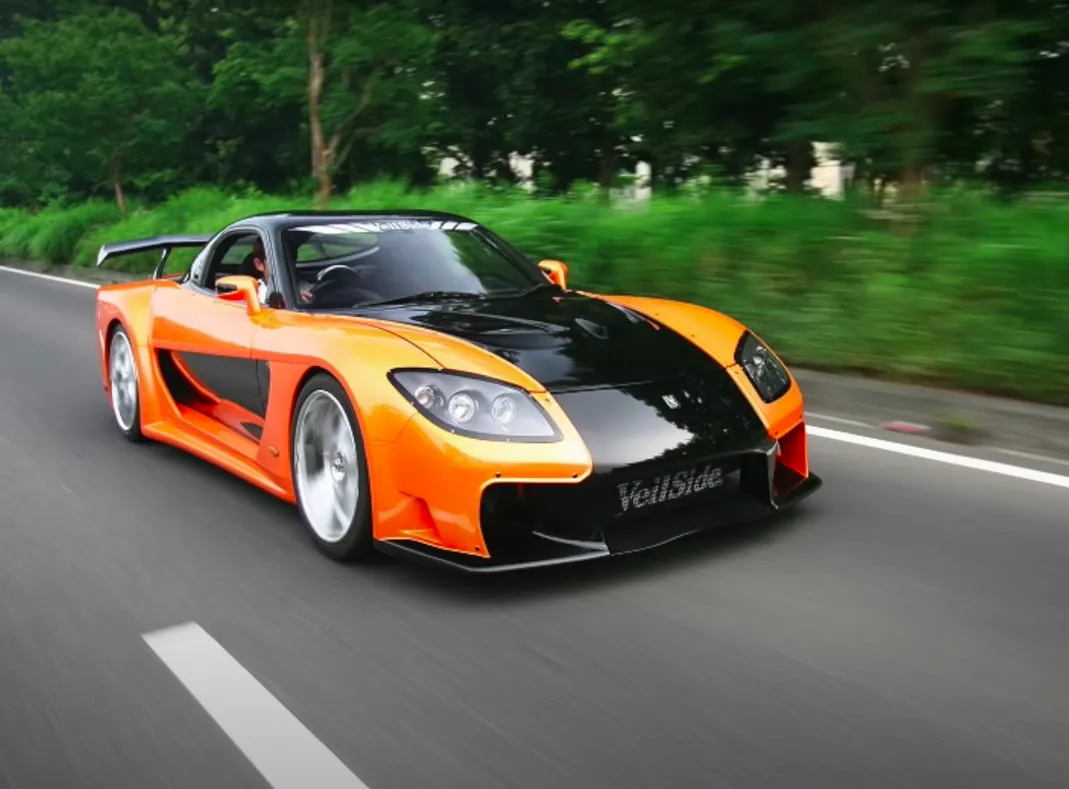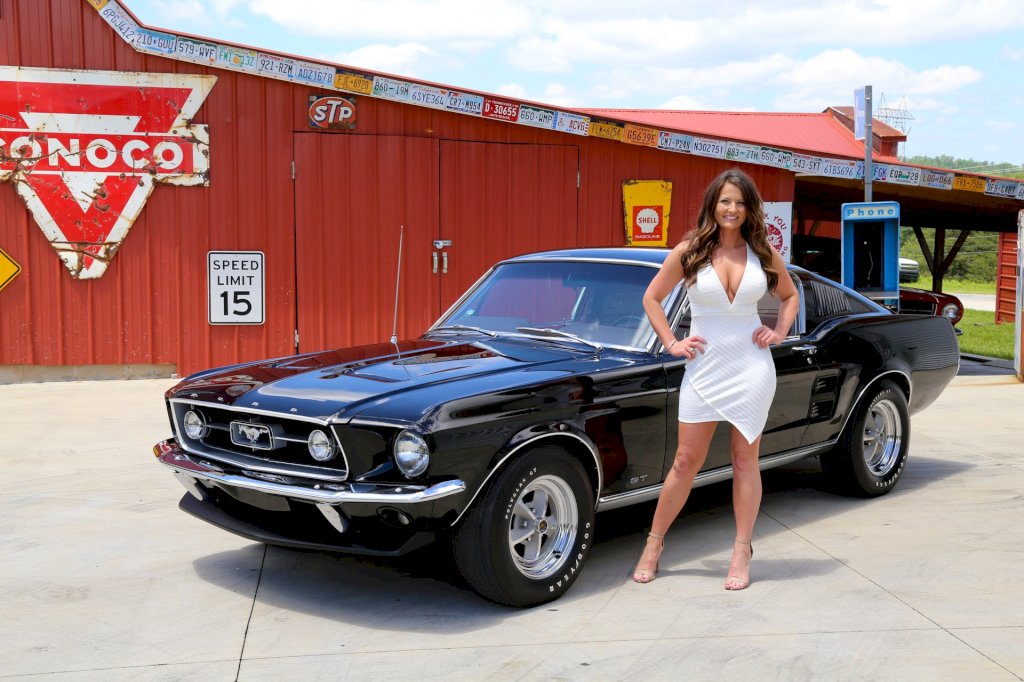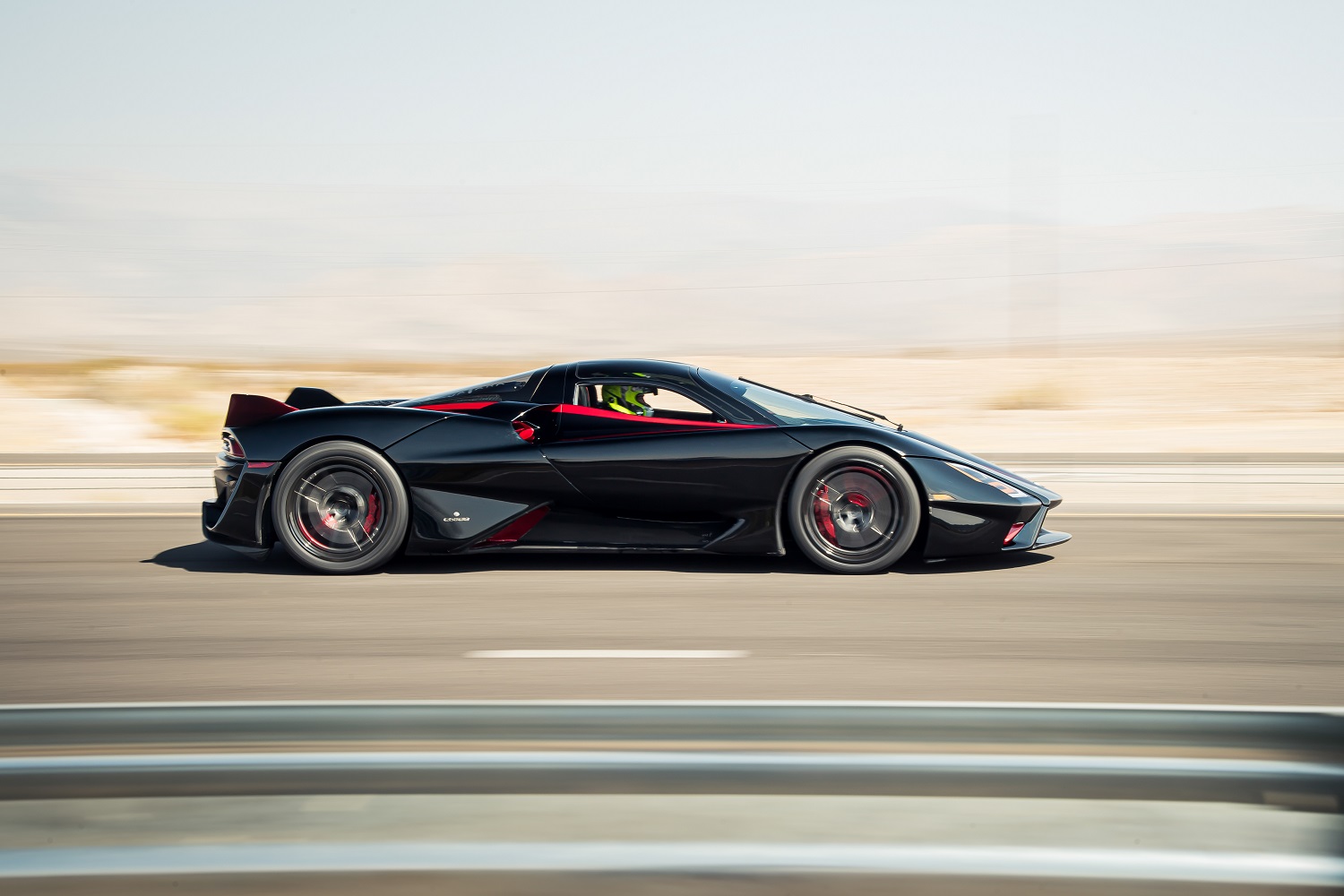The Mazda RX-7 is one of the most iconic Japanese sports cars of all time, renowned for its sleek design, lightweight chassis, and revolutionary rotary engine. From the moment it debuted in the late 1970s, the RX-7 became a performance icon—and even today, decades later, the buzz surrounding this vehicle hasn’t faded. Whether you're a car collector, tuner, or performance enthusiast, the Mazda RX-7 coupe remains a symbol of Japanese innovation and driver-focused engineering.
A Brief History of the Mazda RX-7
The Mazda RX-7 made its debut in 1978 and was produced until 2002 across three generations: the SA/FB, FC, and FD. Unlike traditional piston engines, the RX-7 used a Wankel rotary engine, giving it a unique performance profile and lighter weight.
The first-generation RX-7 (SA/FB) had a sleek, angular design and was praised for its handling. The second-generation RX-7 (FC) arrived in the mid-1980s with more power and refinement, often compared to the Porsche 944. Then came the third-generation RX-7 (FD) in 1992, a twin-turbocharged monster that is still a favorite among tuners and racing fans alike.
Why the RX-7 Is Still a Tech Marvel
For technology enthusiasts, the RX-7 holds special significance. At a time when most performance cars relied on larger engines for power, Mazda turned the automotive world upside down with its compact yet powerful rotary engine. This design not only reduced weight but also offered high revving capability and smooth power delivery.
Even decades later, the Mazda RX-7 coupe remains a case study in engineering minimalism—proving that with the right technology and design philosophy, small can indeed be mighty.

Mazda RX-7 Coupe Design and Performance
The Mazda RX-7 coupe has always stood out for its timeless silhouette. The FD generation, in particular, is considered one of the most beautiful Japanese sports cars ever made. Its low-slung profile, pop-up headlights, and aerodynamic curves make it instantly recognizable.
Performance-wise, the RX-7 FD came equipped with a 1.3-liter twin-rotor turbocharged engine, producing up to 276 horsepower in its final Japanese iterations. Thanks to its 50:50 weight distribution and lightweight construction, it delivered thrilling performance on both the road and track.
Mazda RX-7 for Sale: What to Look For
If you're looking for a Mazda RX-7 for sale, there are several things to consider—especially if you're seeking one in good mechanical condition. Since rotary engines operate differently from piston engines, it's important to check for proper maintenance and compression levels.
You’ll find Mazda RX-7s for sale in a variety of conditions, from bone-stock classics to fully modified track builds. The FD models are generally the most expensive due to their rarity and desirability, while FC models offer a more budget-friendly entry point without sacrificing too much on performance.
Key Buying Tips:
-
Maintenance history is crucial—rotary engines need regular oil and coolant checks.
-
Be cautious of heavy modifications unless done professionally.
-
Always check for rust, especially in imported models.
Mazda RX-7 Price in Today’s Market
The Mazda RX-7 price varies widely depending on generation, condition, mileage, and whether it's a domestic or imported model. Here's a rough breakdown:
-
First-gen RX-7 (SA/FB): $8,000–$20,000
-
Second-gen RX-7 (FC): $10,000–$25,000
-
Third-gen RX-7 (FD): $30,000–$75,000+
Highly sought-after special editions and low-mileage models can exceed $100,000, especially in today’s collector market. Due to rising demand, RX-7 values are climbing steadily, making them a potential investment for auto enthusiasts.
The Future: Will Mazda Bring Back the RX-7?
Rumors have swirled for years about a new rotary-powered Mazda sports car, potentially a spiritual successor to the RX-7. While the Mazda RX-Vision concept teased fans in 2015, no official RX-7 reboot has been announced. However, Mazda has confirmed ongoing research into rotary engine technology for hybrid applications, meaning the spirit of the RX-7 may live on in some futuristic form.
For tech-savvy readers, the intersection of rotary tech and electrification is an exciting prospect. A lightweight, high-revving rotary engine paired with hybrid torque? That could bring the RX-7 legacy into the modern era.

Conclusion: The RX-7’s Timeless Allure
The Mazda RX-7 is more than just a car—it's a symbol of engineering ingenuity, style, and driver engagement. Whether you're exploring the Mazda RX-7 coupe for its innovative rotary engine or searching for a Mazda RX-7 for sale to add to your garage, this legendary sports car continues to capture the imagination of gearheads and tech enthusiasts alike.
With Mazda RX-7 prices steadily rising and collector interest growing, there's never been a better time to appreciate (or own) this piece of automotive history. From its revolutionary design to its lasting influence on car culture, the RX-7 proves that performance and innovation don’t always require a V8 roar—sometimes, all it takes is a high-pitched rotary whine.


-1686726620.jpg)

-1686133252x1024.jpg)
